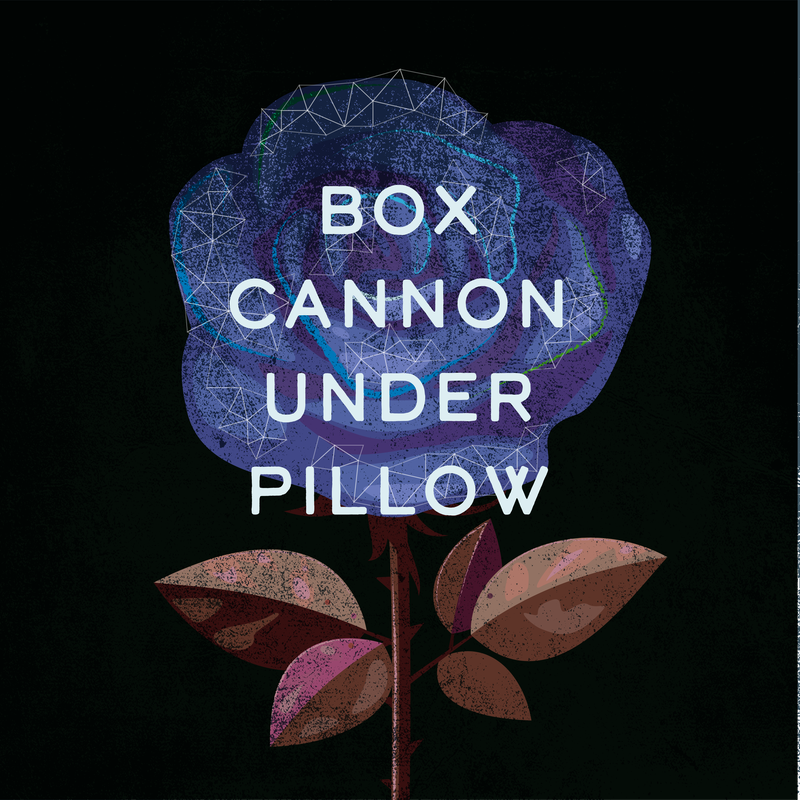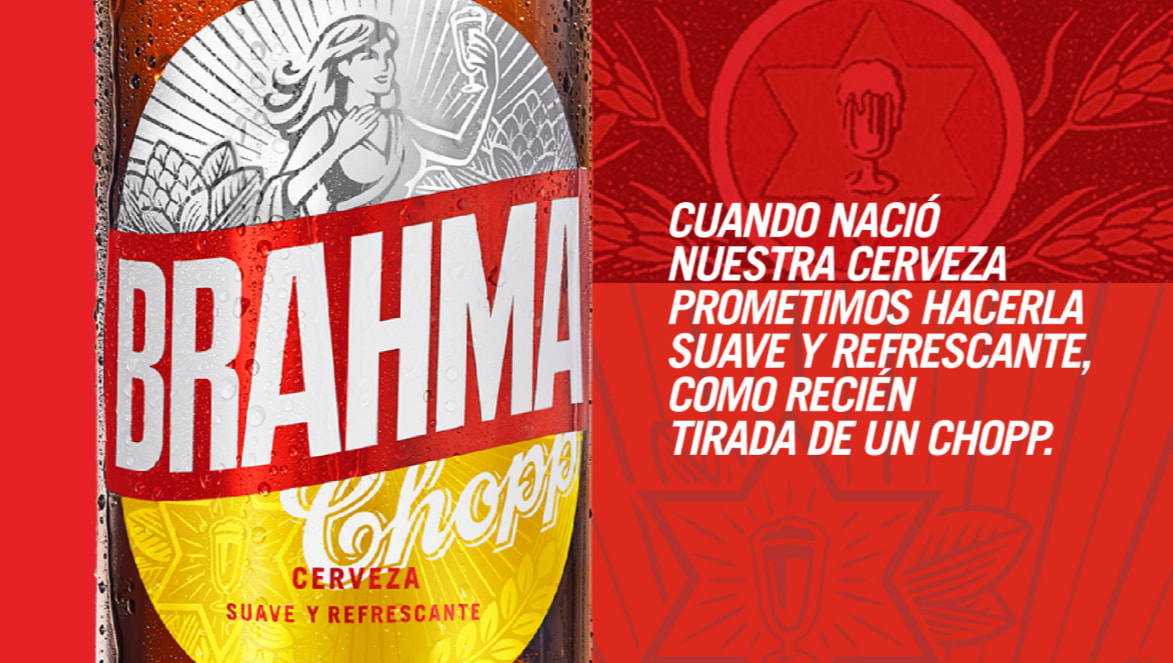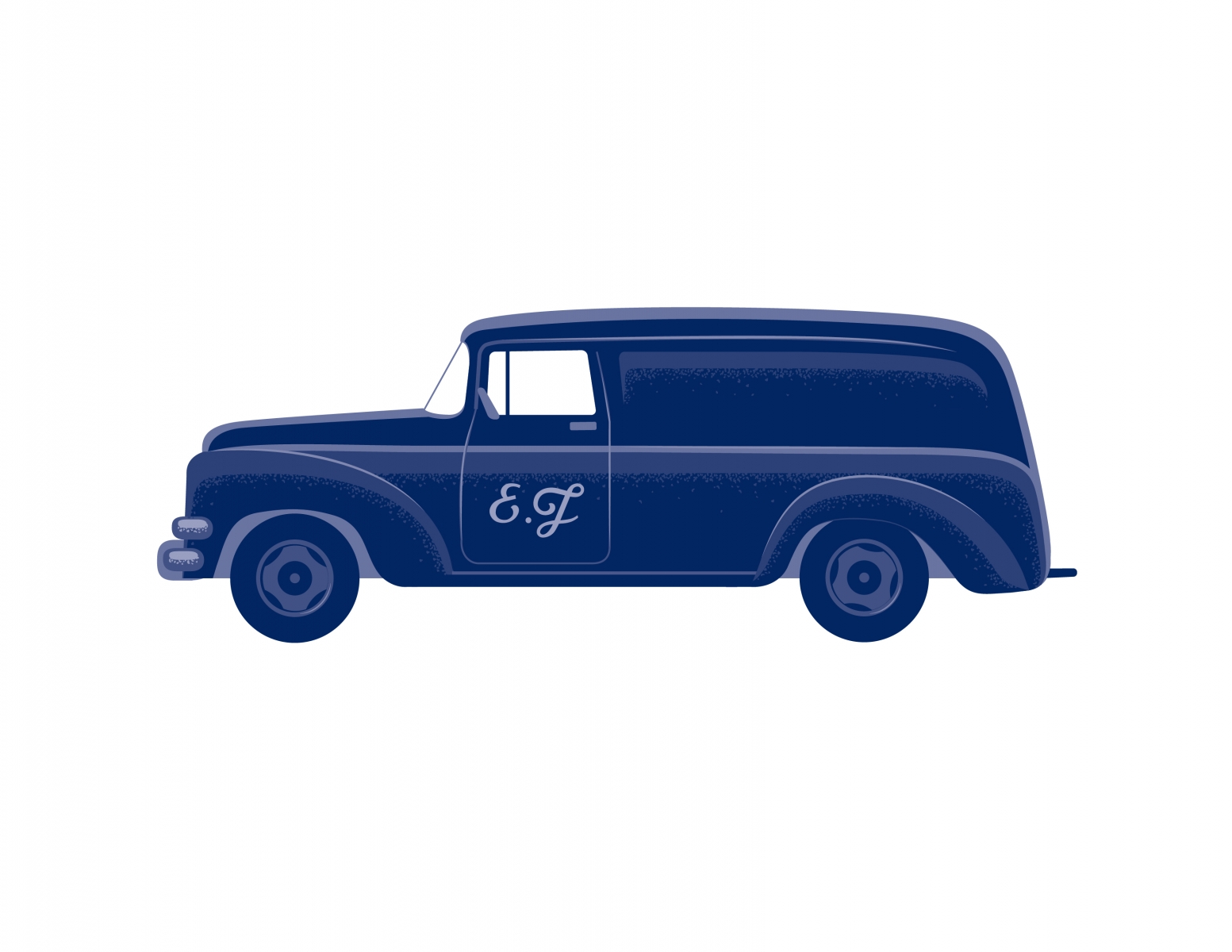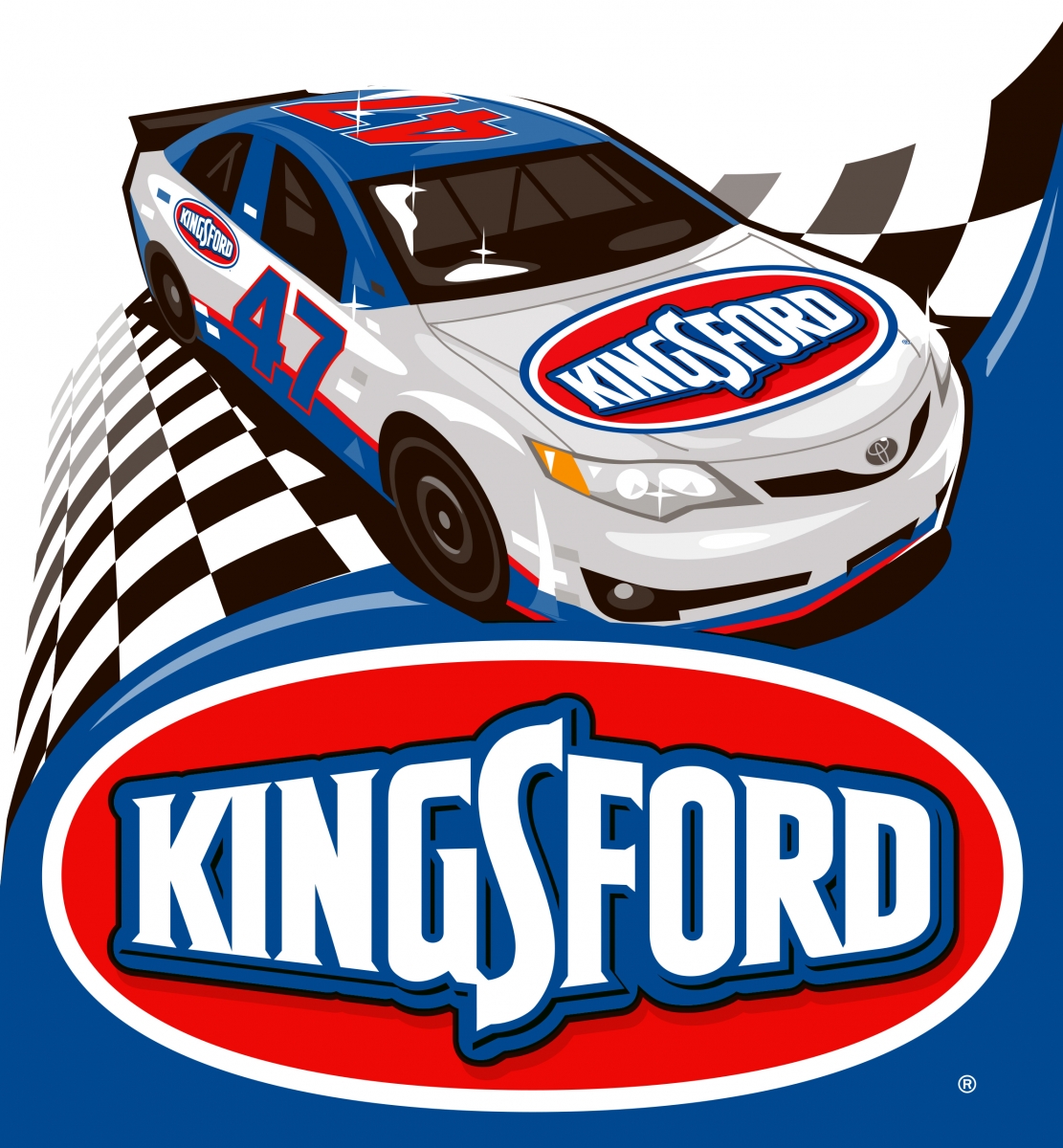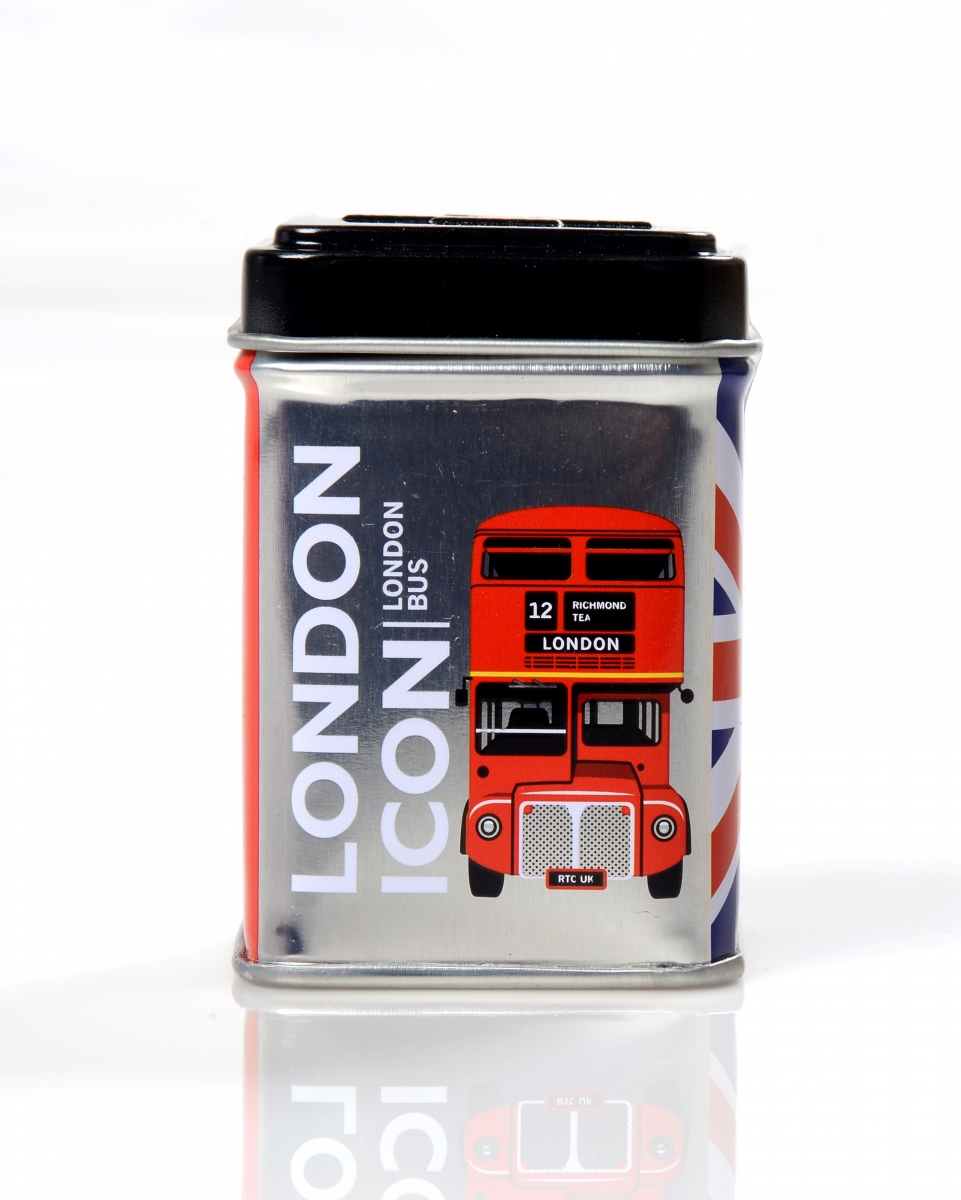|
Are you using the best ingredients for your customers? I can help you build top visual assets for your valuable clients’ brands. ... I've compiled a short video with some of my favorite assets created to reflect the idea of ingredients. There is a variety of visual styles. They are driven by communication strategy and execution optimized with production parameters in mind.
0 Comments
When I am passionate about something, I want to learn how to do it. Instead of just being an audience, I want to be the creator, or at least a participant. That’s what I’ve been doing my whole life. From drawing, to martial arts, tennis, design, diving, snowboarding, cooking, protesting, investing, sourcing, selling… etc. Music too.
I got into the 80’s sound from Dublin so much that I wanted to learn how to create that sound. Got lucky and met another guy my age doing part time job after school, he introduced me to his pals and we shared our inspirations. Then we decided to form a band, all while we were in high school in HK. We spent our weekends jamming, without learning a thing about music. Slowly one if us started taking lessons, I learned guitar, our keyboardist learned how to use synthesizers and sequencers from a teacher who later on became a pop/rock music legend in HK who’s garnered a few platinum album. Mr. Tats Lau, right before we got branded by the record company who saw great potentials in him, in the 80’s. he too loved the sound from Dublin. High school was over. Our keyboardist/bassist moved to Taiwan for his undergrad education. It left only the three of us. By then we’ve already started composing our own music, short on musical theory, high on creativity and curiosity. We had fun, we let Tats listen to a couple of our work. Then time came also for me, who decided to explore the word on no budget, to pursue higher education in college. I left for Paris first, that left only our drummer and other keyboardist, Ian, who was selling, also, keyboards at a musical instrument retail store. There he taught himself how to play, by listening and searching on keys. Totally unorthodox. He hooked up professional composers and producers, learned from the pros and became a string player himself. First producing karaoke music for laserdisc, then joined the legendary producer of HK, Chris Barbida, and produced a few signature CDs, including doing arrangement for Coco Lee’s first full album released in HK. Years later I looked him up and caught up with him again in HK. He was already a professional player in field. He told me he was tired, as he could only work at late night, and slept during the day… Typical life of an artist. He said he was ashamed that he was only creating commercial titles, not the conceptual, experimental sounds we used to be crazy about. I told him I was only designing for commercial clients, but that’s nothing to be ashamed of, able to do anything we like without serving a problem-solving goal isn’t really superior to what he (and I) was doing. Choosing to use creativity to solve a communication or market problem is not inferior to the self-serving, always indulgent “fine art” path. Besides, we had no trust fund from parents nor born in wealth, we should be proud to be able to feed ourselves, and family. We stayed in touch after I returned to the US, few months after I found out from others he was diagnosed with Leukemia, I felt devastated… fast forward more years, he’s battled cancer hard for few years and left the world. I trained and ran a Marathon in Honolulu to raise money for Leukemia to honor him Our bassist has already earned his PhD, and settled in DC with his new family. Sadly he too left us a decade later after battling pancreatic cancer, we had a few sessions of jamming of our old songs while he was on Morphine, few months before his departure. I drove to his service and said one last goodbye in person. The music we loved has never left us. We are just preoccupied with obligations in life. It is always a conscious choice. I was lucky that after my divorce from first marriage, I had ample personal time and space after work to explore and indulge in a non-visual way to express and record my emotional contents and visions of the moment, with new found digital tools and analog instruments for sketching ideas on sound… I turned my dining room into a small music studio. Saying no to many single or holiday parties, spending hours, to days in my own world cranking out new pieces. Only after a song is done, I started seeing images in my head, always dark, and sinister, of significant events and history about my dad and myself. I shared my work with some friends… not too long after, I entered a new phase in life, and put my work back on shelf. When my rep in CA told me and other artists recently that reels are better for SEO promos, and encouraged us to do more reels, I started dabbling on creating video clips in IG. I am having too much fun! It was much harder to use licensed music in the past. Now there’s a good collection for free use by displaying credit to artists. Once a while I use my own (always dark) materials too… then I began ponder how to share my work so others can use them freely in their videos too. I came across a few new online distributors, and entered my work for fun. Their analytics analyzed my remastered work and found them compliant with industry standard. Now you can find my voice online (Spotify, Amazon, Apple music…etc.), I will remaster and release a new piece every few months… Like most things I do in life, I don’t start by having profitability in mind, but only because I LOVE doing them. NOUS Tea presents you my favorite elixir from nature. Here you see my interpretation of our clients’ brand vision. Now on Spotify you can listen to the soundtrack of my personal life. Never knew I'd enjoy visiting art museum with kids, because of how fast they move and how they stop only for things that grab their attention. I never get to read those detailed background history and descriptions anymore... Yet because of that I became more intuitive about how to appreciate what I see in a whole different way. Seeing paintings as paintings themselves, not how critics and historians want us to follow about the paintings. I glance, I skim, and I stop where my kids stop. Took them to see Joan Miró' s work at the Grand Palais in Paris last week. Kids have a two week break and it was a great show! I took some snapshots and posted them here to share with you what I noticed. The first batch below shows a few earlier pieces done by Miró . Like Picasso, he has very strong foundation, and you can also see strong influence from Cubisim, Van Gogh and Cézanne. I didn't get to read the details, it's really that obvious. He has also demonstrated a very strong sense of composition in a graphic sense like a trained designer. Later on, Miró has also experimented with print making, typography in spreads... and how he reduced the amount of details to simple, minimalistic forms and elements that take much more time to position than to create. They look like work done for visual communication, publications, posters. Some pieces also remind me of Matisse's “cut paper” period. I posted a few of my favorites below. He's good with calligraphy and typography too. The final batch below are three examples of Miró's work done in his most popular period. Painted in his famous child like, sometimes Dada, surrealistic, expressionistic, and minimalistic visual style. Amazing and influential work. Regardless of what the critics think, my intuition is that Miró had a keen sense of business. In terms of differentiation and productivity. Just imagine how many paintings he can produce, with the same amount of time he used to finish just one painting in 1917 :D? Genius! After all no one should be surprised as he was also a business student while studying art. How much do you like Miró? Have you ever been inspired by his work? Whose work do you think I should bring my kids to study next time? hmm... We've been creating brand assets for beer brands for many years, usually partnering with creative teams at agencies. We create Icons, illustrations, and characters. From refreshing the iconic Eagle brand of AB Bev, to creating a brand new Muse character for Brahma beer in Argentina. We were lucky to have clients and agencies with visions, and willingness to invest capital in creative process execution for the best possible outcome, which is rare to come by nowadays. ROI is evident when you take into account its long term effect. We've created mascots and icons that brands use for more than a dozen years on average, vs the market average of about 4 years for smaller brands, and 8 years for Fortune 500 companies. This Muse is the chosen one, emerging from the sweet spot where tradition meets contemporary. Technically and practically it is created in a graphic style that is easy to be reproduced for different platform, without compromising on design integrity.
Character design always begins with a strategic vision. When all the puzzle-like brand attributes are identified, and start coming together, we begin to compose a visible entity, it is like meeting your dream girl on a subway platform, where, and when you least expected. This “person” is no longer just an abstract notion, but as real as someone flesh and blood. When she materialized, the whole team and client got excited, and with utmost confidence that she would be embraced by the prying eyes of focus groups. Exactly what happened to our new incarnated Muse of Brahma. Americans love our cars, and brands know it. Graphic designer and illustrator Filip Yip helps those brands connect with their audience, creating car graphics that speak to people’s lifestyles and loyalties. “I do love cars, but not in that car-guy kind of way,” says Filip. “To me, cars represent where you are in life, what your needs and dreams are at that moment.”
Filip has conjured powerful racecars for companies like Kingsford and Havoline and cars with throwback charm for Eddie’s Premium Salsa and Sierra County Chamber of Commerce, along with many more. “With cars, and really all brand design, you’re trying to create a shared experience between the brand and the viewer. That’s where my process starts,” Filip says. The relationship between company and consumer is one Filip takes very seriously. A decade into his successful design career, he took it upon himself to earn his MBA so he could fully partner with his clients on their strategic communications efforts. Some may not immediately see the connection between Filip’s hard driving business instincts and his inspirational idols Van Gogh, Matisse and Gauguin, but for Filip, that’s the power of design and visual communication. “I try to create something authentic and emotional every time because those are the building blocks of strong branding,” he says. With clients from Anheuser Busch to FedEx to EBay to Clif Bar, Filip’s vast portfolio reaches far beyond driving machines. Check out his cowboys, monkeys, schooners, skyscrapers and much more here. |
Filip Yip:A designer, illustrator, repro-media consultant, brand strategist, new product developer, real estate investor, new venture builder, scuba diver, martial artist… and most importantly, husband and father, Filip holds a BFA from The Academy of Art University in San Francisco, and an MBA from The University of Chicago Booth School of Business. He is constantly seeking equilibrium between Form and Function; Purpose and Survival; He is equally comfortable with fuzzy feeling and fussy Archives
April 2024
Categories
All
|
